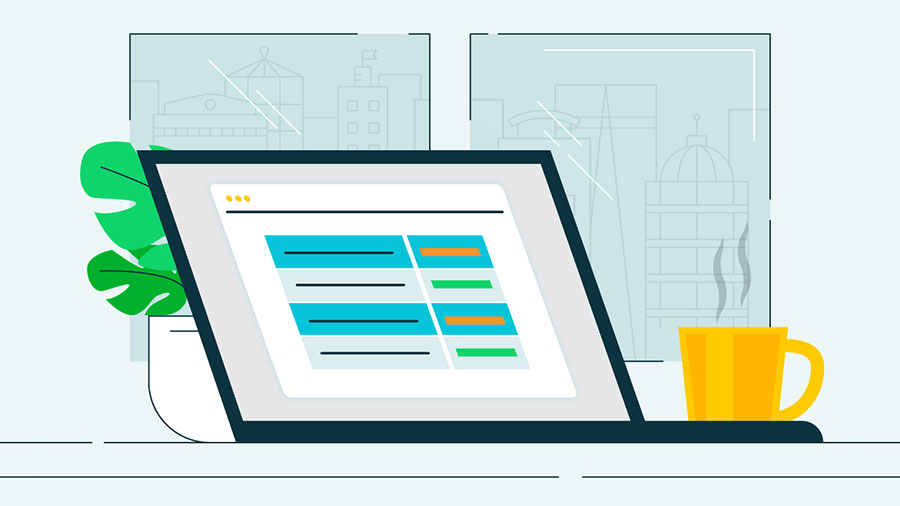What is a Chart of Accounts?
Chart of Accounts Definition
A chart of accounts is a list of all the accounts used by a business to record its financial transactions and track its financial position. It provides a framework for organizing and classifying the company's transactions and expenses.
The chart of accounts typically includes several categories of accounts, such as:
- Assets - Accounts that represent the resources owned by the business, such as cash, inventory, and equipment.
- Liabilities - Accounts that represent debts owed by the business, such as loans, accounts payable, and accrued expenses.
- Equity - Accounts that represent the owner's investment in the company and retained earnings.
- Revenue - Accounts that represent the income earned by the business through its activities.
- Expenses - Accounts that represent the costs incurred by the business, such as rent, salaries, and utilities.
Each account in the chart of accounts is assigned a unique code number to help make financial transactions easily identifiable and trackable. The chart of accounts is an essential tool for any business, as it helps to maintain an organised record of the company's financial transactions.
Having a well-designed chart of accounts can help businesses to more easily prepare financial statements while aiding tax preparation and giving better information for management decision-making. This makes it easier for managers to track specific expenses, keep budgets in check, catch accounting errors, and make informed decisions based on accurate and organized financial data.
Here are some more important facts about chart of accounts:
- The chart of accounts is specific to each business and is often customized to meet the specific needs of the organisation.
- The chart of accounts should be regularly reviewed and updated to reflect changes in the business operations, such as new products, services, or accounts.
- A well-designed chart of accounts can help to prevent errors and unnecessarily confusing financial statements.
- The chart of accounts helps to keep track of transactions and expenses, along with budgeting and forecasting, and measuring financial performance.
- The structure of the chart of accounts can be tailored to the specific needs of the business, with sub-accounts and categories added as necessary.
- The chart of accounts is an important tool for meeting regulatory requirements, including income tax filings, regulatory compliance, and audit compliance.
- Software programs, such as accounting software or bookkeeping software, typically come with a pre-built chart of accounts. Companies can adjust the chart of accounts to meet their specific needs.
- The chart of accounts is an important tool for effective financial management, as it provides the necessary framework for organizing and tracking financial transactions.
Overall, the chart of accounts is an essential tool for any business, as it helps to maintain an organized record of the company's financial transactions and facilitates financial management. A well-designed chart of accounts enables businesses to accurately track their finances, identify any inaccuracies or errors, track expenses, generate financial statements, and plan for the future.






